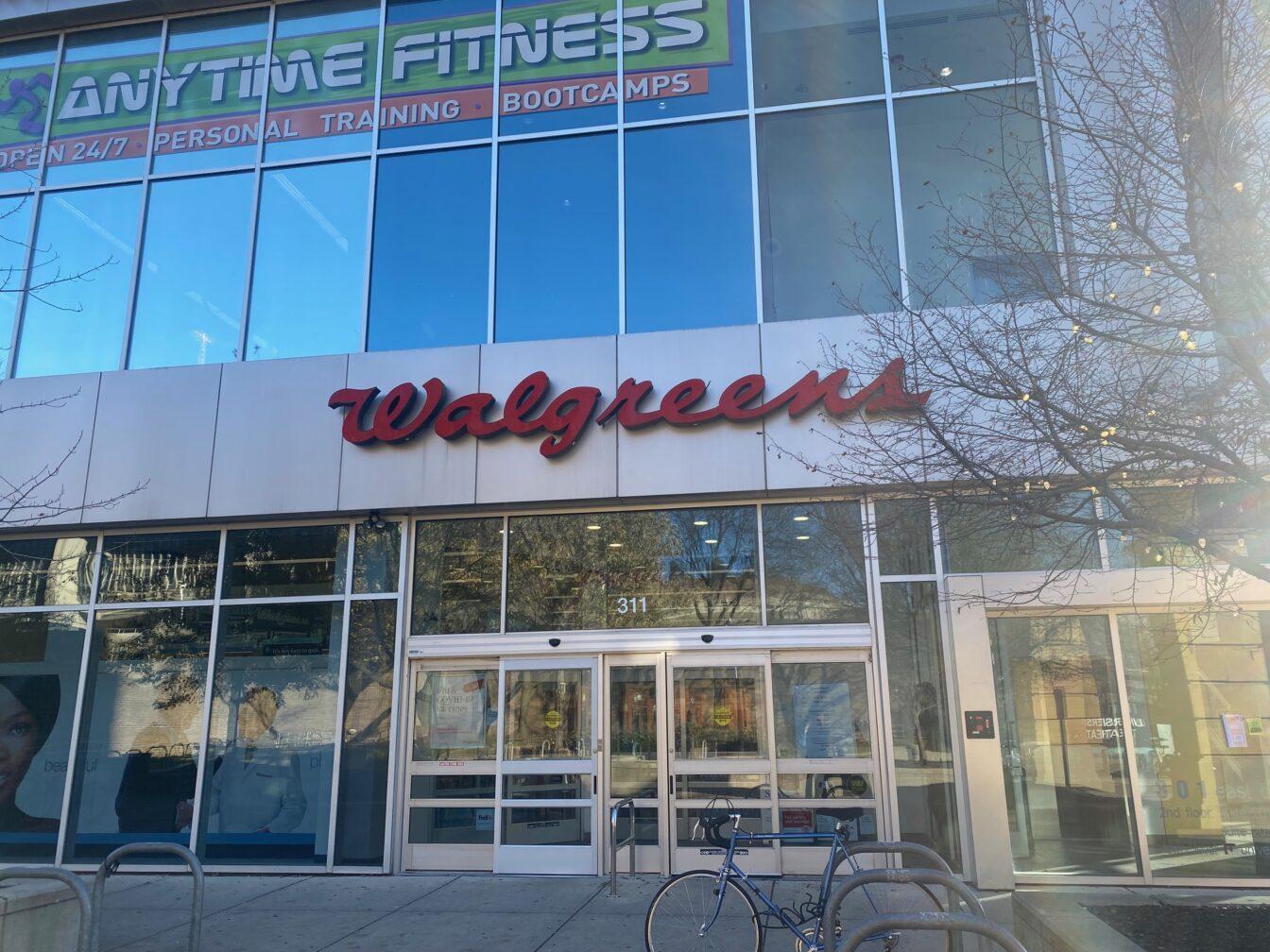Across the nation, pharmacists at national pharmacy chains are walking out due to poor working conditions, as they’re expected to do more with less resources. University of Wisconsin School of Pharmacy professor Michelle Chui said pharmacists are being stretched thin.
The walkouts, so far, have not made it to Madison. Chui identified a few possible reasons for this. First, UW has a strong pharmaceutical program. Second, the UW School of Pharmacy supports graduates in other ways, including plentiful partnerships with pharmacists in Madison, Dane County and greater South Central Wisconsin.
“They’re not here yet, and I don’t have a crystal ball, I can’t tell whether it will or will not happen here,” UW School of Pharmacy professor David Mott said. “But, you know, generally across the United States, pharmacists are really struggling, and this is a major issue.”
Wisconsin’s state pharmaceutical organization, the Pharmacy Society of Wisconsin, is headquartered in Madison. The organization’s mission is to provide a unified voice, resources and leadership to advance the pharmacy profession and improve the quality of medication use in Wisconsin through education and lobbying the state legislature, according to their website.
Due to this organization and the opportunities found through the UW School of Pharmacy, there’s some “buffering” going on in Madison helping to prevent the shortages and negative working conditions happening elsewhere, Chui said.
“It’s this storm brewing where you’ve got the bad things happening in these work environments, stories being written about them, young people see that and think, well, maybe pharmacy isn’t a good profession,” Mott said. “Pharmacy is a very good profession — it’s just a subset of pharmacists that are working in these chain environments. We need to counterbalance the negative reports about the chain settings with all the good things that pharmacists are doing across the country.”
Many of these pharmacists believe that they are unable to take care of patients in an optimal way, Chui said. Therefore, their walk-outs are about patient safety, in addition to demands for higher wages.
According to Chui, along with typical pharmaceutical duties, many modern pharmacists have to evaluate individual patients’ conditions and ensure that patients can pay for the medications that they’re on. Many of these patients are dealing with very complex issues that require education and conversation. It takes time to be able to take care of each patient individually and give them the attention they need, Chui said.
Pharmacists are lacking the support staff technicians needed to help pharmacies run, Chui said. The COVID-19 pandemic also shifted many pharmacists’ day to day tasks. From the early stages of the pandemic where pharmacists would give PCR tests, to now with a continuous cycle of COVID-19 vaccines, this has all been layered on top of the work pharmacists had previously done before the pandemic.
“Patients, students should feel empowered to find a pharmacy that will treat them with respect, and that gives them the time they need so that they can really understand the medication that they’re taking, and makes sure that they’re safe with their medication,” Chui said.
Mott said demand for pharmaceutical services keeps rising. This makes for an increase in the volume and the number of prescriptions that are used by patients, which translates to a greater workload for pharmacies.
In the past five years, there’s been a downturn in the number of young people that are applying to pharmacy schools across the country, Mott said. Projections over the next 15 to 20 years show that there will be an even greater shortage of pharmaceutical professionals. The U.S. Bureau of Labor Statistics predicts that openings for pharmacists will outpace industry growth and there will be a large need to replace workers who transfer to different occupations.
The average age of Americans is also rising, approaching 40, according to the U.S. Census Bureau. As the population ages, Mott said a higher proportion of the population will experience chronic conditions, requiring a wider range and higher quantity of medications.
The consolidation of national chain pharmacies, like Walgreens and CVS, has also put an increased burden on pharmacists, Mott said. The number of prescriptions dispensed at each location has gone up quite a bit as individual stores now represent a larger area.
Last month, 900 people across 10 states participated in “Pharmageddon” walk-out protests. According to NBC News, these protestors lack a pharmacists union to advocate for higher wages and higher staff.
“You have these pharmacists that are being asked to do more with even less personnel than they were before,” Chui said. “To make things even worse, pharmacists and technicians have decided, ‘you know what, see you later, I’m done, I can’t do this anymore,’ and so the pool of pharmacists working these jobs has actually gone down. Pharmacists are at the point where they’ve hit their limit.”


